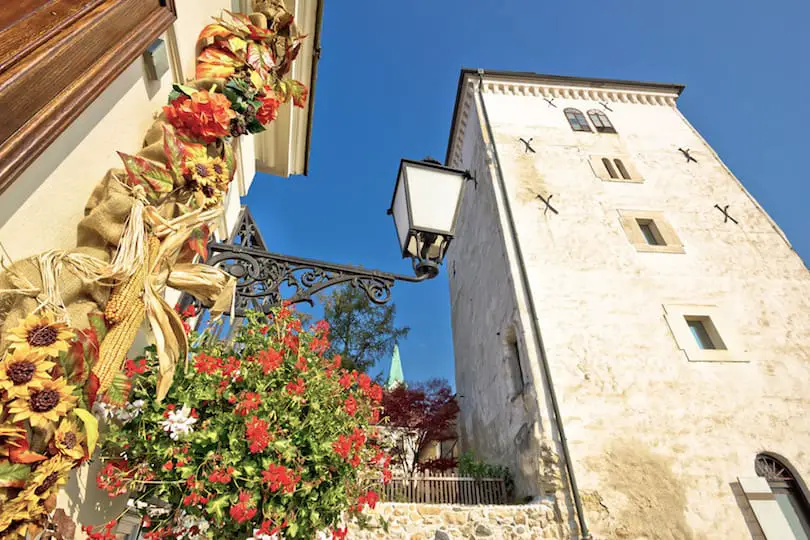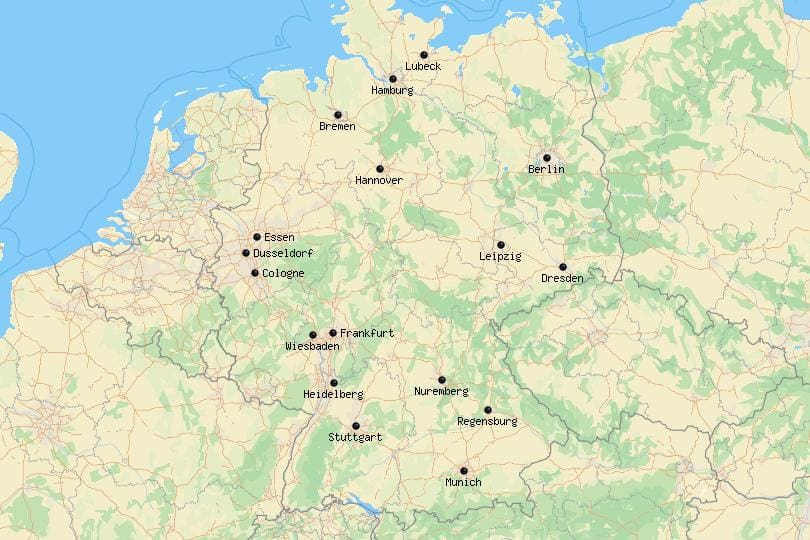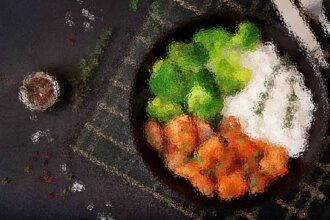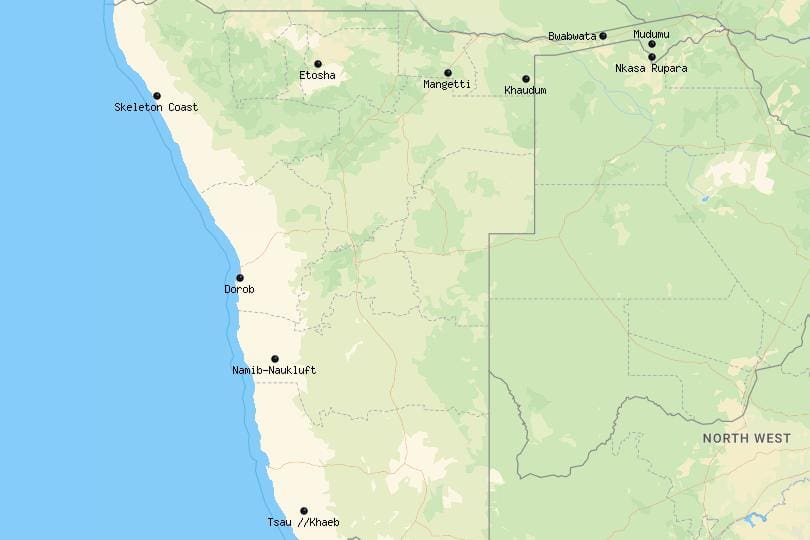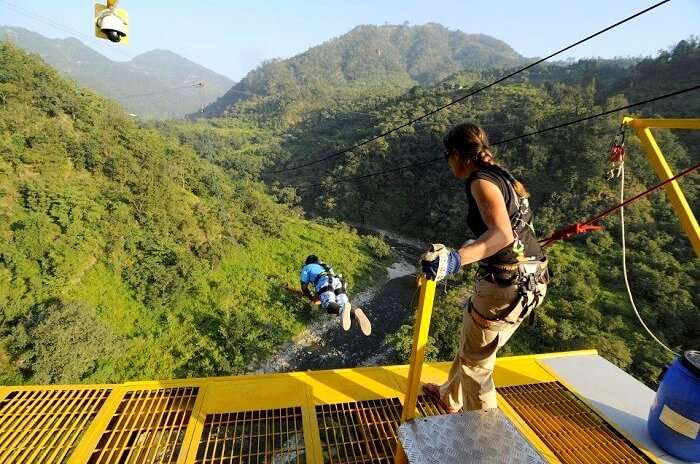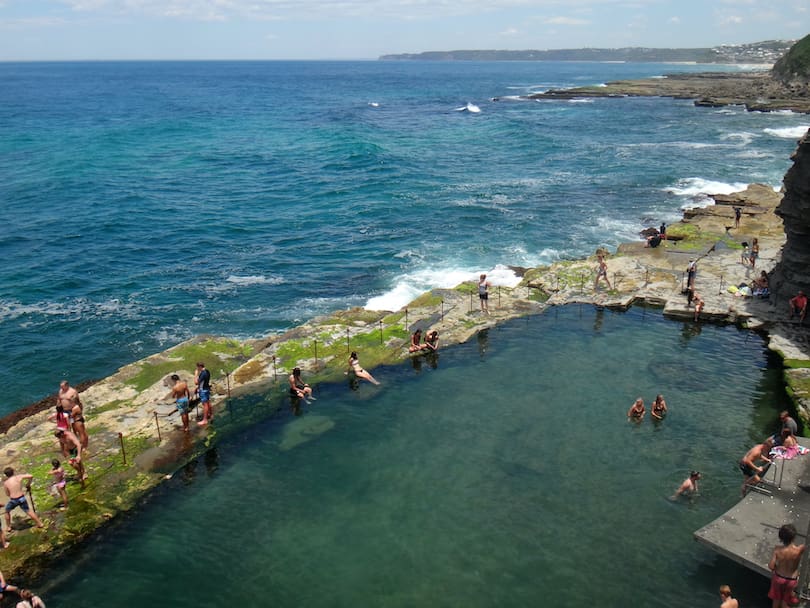Discover the 10 best things to do in Gyeongju, South Korea, and immerse yourself in the rich cultural heritage and natural beauty of this historic city. From ancient temples to stunning landscapes, there’s something for everyone in Gyeongju.
Introduction: Exploring the Enchanting Past of Gyeongju
Welcome to Gyeongju, a city that seems to have been touched by the magical hands of time. Nestled in the heart of South Korea, this enchanting destination offers a captivating blend of history, culture, and natural wonders. As you embark on this journey of exploration, prepare to be transported back in time to the glorious era of the Silla Kingdom.
Gyeongju: A Glimpse into the Silla Dynasty
Gyeongju, affectionately known as the “Museum Without Walls,” served as the capital of the ancient Silla Kingdom for an awe-inspiring period of almost a millennium. Its rich historical legacy has earned it the prestigious UNESCO World Heritage Site designation. Today, Gyeongju stands as a living testament to the golden age of South Korea, where modernity gracefully coexists with the remnants of a remarkable past.
10 Best Things to Do in Gyeongju
Let’s dive into the heart of Gyeongju and explore the top ten must-see attractions that will make your journey unforgettable.
1. Bulguksa Temple – A Spiritual Oasis
Step into a realm of tranquility at Bulguksa Temple, a masterpiece of ancient Buddhist architecture. Nestled amidst the serene slopes of Mount Toham, this sacred site embodies the profound spiritual devotion of the Silla Kingdom. As you wander through its elegant gardens and cross delicate bridges, you’ll be awe-struck by the majestic pagodas and exquisite Buddha statues that exude an aura of peace and serenity.
2. Seokguram Grotto – A Marvel of Stone Carvings
Just a short distance away from Bulguksa Temple lies the Seokguram Grotto, an awe-inspiring sanctuary carved into the granite hills. Within its hallowed walls, a sublime Buddha statue sits in serene meditation. The intricate stonework and detailed carvings here are a testament to the unparalleled craftsmanship of the Silla artisans.
3. Cheomseongdae Observatory – Charting the Skies
In a world where science and mystique met, the Cheomseongdae Observatory was born. As the oldest existing observatory in the world, it stands as a testament to the advanced astronomical knowledge of the Silla Kingdom. Gaze up at the stars from this ancient vantage point, and you’ll feel a connection with the cosmos that transcends time.
4. Gyeongju National Museum – A Treasure Trove of Artifacts
For history enthusiasts and curious minds, the Gyeongju National Museum is a true wonder. It houses a vast collection of artifacts, including intricate jewelry, priceless pottery, and royal relics, each one narrating the tales of Silla’s illustrious past. Prepare to be captivated by the rich tapestry of history unfurled before your eyes.
5. Anapji Pond – An Idyllic Royal Retreat
Once a cherished royal garden, Anapji Pond is a breathtaking reflection of Silla’s artistic sensibilities. As you wander along its moonlit paths, you’ll find yourself transported to an era when royalty sought solace in the lap of nature. The beautifully landscaped surroundings are an ode to the beauty of simplicity and balance.
6. Yangdong Folk Village – A Step Back in Time
Embrace the traditions of yesteryears at Yangdong Folk Village, a living testament to the cultural heritage of the Joseon Dynasty. This UNESCO-listed village preserves the architectural marvels of the past and offers a glimpse into the everyday lives of the people who once thrived here. Walk the cobbled streets and feel the pulse of history beneath your feet.
7. Bomun Lake – Serenity Amidst Nature
Nestled amidst lush greenery, Bomun Lake offers a sanctuary of serenity and peace. Take a leisurely boat ride on the crystal-clear waters, or simply lose yourself in the picturesque landscape that surrounds you. Whether you seek adventure or solitude, this idyllic lake has something to offer for everyone.
8. Daereungwon Tomb Complex – Echoes of Royalty
The Daereungwon Tomb Complex houses the final resting places of Silla’s kings and nobles. These ancient burial mounds, or tumuli, are a treasure trove of insights into Silla’s royal customs and traditions. Stroll among these historic mounds and listen to the whispers of history carried on the wind.
9. Namsan Mountain – A Journey to Tranquility
Lace up your hiking boots and ascend Namsan Mountain to find yourself in the embrace of nature’s tranquility. Verdant trails lead you to breathtaking vistas and sacred temples, offering you the opportunity to rejuvenate your spirit in the lap of Mother Nature.
10. Cheonmachong Tomb – Unveiling Ancient Mysteries
Unearth the mysteries of the past at Cheonmachong Tomb, an excavated burial site that has revealed an incredible collection of ancient artifacts. As you delve into the historical significance of this tomb, you’ll gain invaluable insights into the lives of the people who once called Gyeongju their home.
FAQs About Gyeongju, South Korea
1. What is the best time to visit Gyeongju?
The ideal time to visit Gyeongju is during the spring (April to June) and autumn (September to November) seasons when the weather is pleasant, and the landscapes are adorned with cherry blossoms or autumn foliage.
2. How do I get to Gyeongju?
Gyeongju is easily accessible by train, bus, or car from major cities in South Korea. The nearest airport is Ulsan Airport, approximately 30 kilometers away.
3. Is Gyeongju suitable for solo travelers?
Absolutely! Gyeongju is a safe and traveler-friendly destination. Solo travelers can explore the city’s attractions with ease, and the locals are welcoming and helpful.
4. Are there any traditional festivals in Gyeongju?
Yes, Gyeongju hosts several traditional festivals throughout the year. The Gyeongju Cherry Blossom Festival and the Gyeongju Culture Expo are some of the prominent events that offer a glimpse into the local culture.
5. Can I explore Gyeongju on foot?
Yes, Gyeongju is a walkable city with many attractions located close to each other. Walking or cycling allows you to soak in the ambiance and discover hidden gems.
6. Are there English-speaking guides available for tourists?
Yes, many tour guides in Gyeongju speak English. You can hire a guide to enhance your understanding of the city’s history and culture.
Conclusion: A Journey to Remember
Gyeongju, with its captivating historical sites, cultural treasures, and natural beauty, promises an unforgettable journey through time. It is a place where the past seamlessly intertwines with the present, offering a unique and enriching experience to every traveler. So, pack your bags, immerse yourself in the allure of Gyeongju, and create memories that will last a lifetime.


